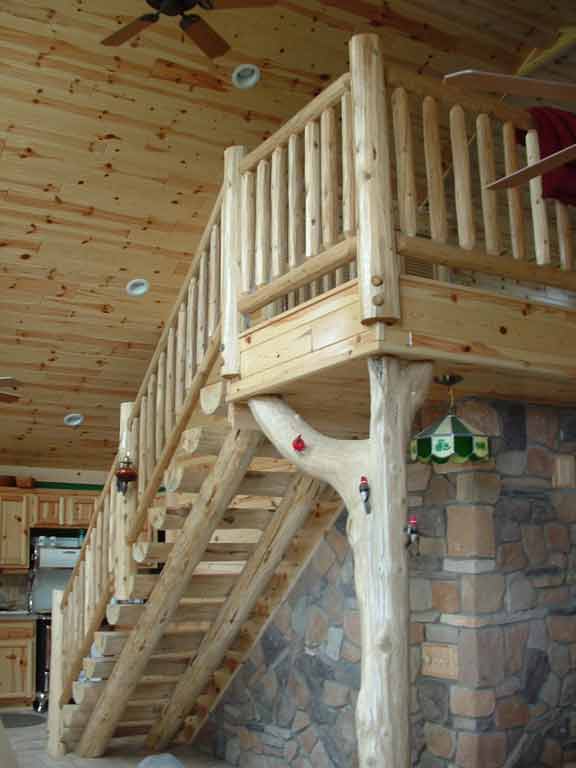Table of Content
Of course, there are also disadvantages to new shipping containers. Because these are new containers, they’ll need to be manufactured. If you thought shipping containers were only good for moving cargo, think again.

The most popular foundation choices include slab, concrete pier and trench. If you plan to build a small home, one container may be all that you need, but most people use between four and six. This range of containers wil give you plenty of space and ceiling height, so you don’t feel cramped in your home.
Cargotecture Container Homes
You can pick between a one-container “micro cube” that’s just 160-square feet or a home built out of several containers that’s 800 square feet. Kubed Living can also turn a shipping container into a gorgeous office, artist studio, home gym, pool house, or wine cellar. There are millions of shipping containers all over the world, but only a small number of them are in service. That means you can get a used shipping container for a good price. When deciding which size container home is right for you, you’ll need to calculate the total square footage you’ll need, and then determine how many containers you’ll need.

Of course, there are some downsides to making a shipping container into a home. These homes are durable and affordable, and ideal for residential, commercial or industrial use. Several are already being used as accessory dwelling units in California. They take care of the whole process, helping you design and install the structure to make sure it meets all your specs.
Step 2: Engineering And Design (This can take 6 to 8 weeks)
A factory setting allows a Honomobo to be built faster, higher quality, and with less waste than a standard home. Securing financing and obtaining permits are the longest parts of the process. The time it takes to obtain a permit can range from one to six months, depending on the jurisdiction.
Some municipalities allow them as accessory dwelling units, others as a solo unit on a property. You may not be able to make your container home come true where you live. The smallest model Honomobo make is the M0.5 , which measures 273 sq. Ft., the M1 is 34 ft. wide x 14 ft. deep, has one bedroom and one bathroom, and costs around $129,571.
Step 3: Permit Submission
Backcountry Shipping Container homes are entirely customizable. Builders can also include decks, screened-in porches, multiple bedrooms, offices, large entertaining areas, workshops and storage areas. Shipping containers come in other sizes as well, but they’re typically too big or small for home use.
If you need something with a little more space, but like the modular look, then the 1,201 square foot M3 is perfect for you. Katalina Klein founded Kubed Living because she wanted to create sustainable and responsible living spaces. The company offers pre-designed shipping container homes, as well as custom builds. These container homes are made either out of one container, or several to make a larger living space. Just like with any tiny house, you’ll have to get in touch with your local building department to see if you can build shipping container homes in your area.
Skáli 2 Bedroom Cuboid
This efficient, spacious, and beautiful design has everything you could ever want in a shipping container home. The M3 is equipped with a large living area, a full sized kitchen, and dining room. This home also has 3 very spacious bedrooms, and a viewing window that is absolutely stunning. The M3 design can be placed over a finished basement, garage, or on a concrete foundation.
Next, purchase one or more containers, as well as the materials and tools you need. Start constructions by cutting holes in the structure, then add insulation and flooring while placing the plumbing and electricity in the right spots. You can put a shipping container home in either a cool or a hot climate.
The company got its name from the practice of creating buildings out of steel intermodal shipping containers, a concept it helped pioneer. Each container home is unique and designed for the homeowner’s land and vision. First, the company makes sure the shipping containers are water and wind tight, and then insulates them.

This shipping container home is built according to local building rules and it rests on a permanent foundation. Walls and roof are insulated with SIPs, while the vinyl plank is used to furnish the flooring. Inside, there are high gloss white and textured melamine cabinets.
They may be treated with harsh chemicals that can make it unhealthy to live in. This is a big concern of ours and something will be covered in-depth in the future. Finally, the last disadvantage is that new containers can take a long time to ship because they are typically manufactured overseas. The three most common types of insulation are spray foam, blanket and panel. With most of the items on the list above, there isn’t much wiggle room to choose a more budget-friendly option.

No comments:
Post a Comment